On January 18, 2024, the National Assembly passed the Land Law, effective on January 1, 2025, including policies affecting the forestry sector that need to be implemented to ensure the consistency of the legal system, reduce risks and legal complications for forestry activities. It is necessary to systematize and amend legal regulations in the forestry sector to be consistent with the changes of the 2024 Land Law.
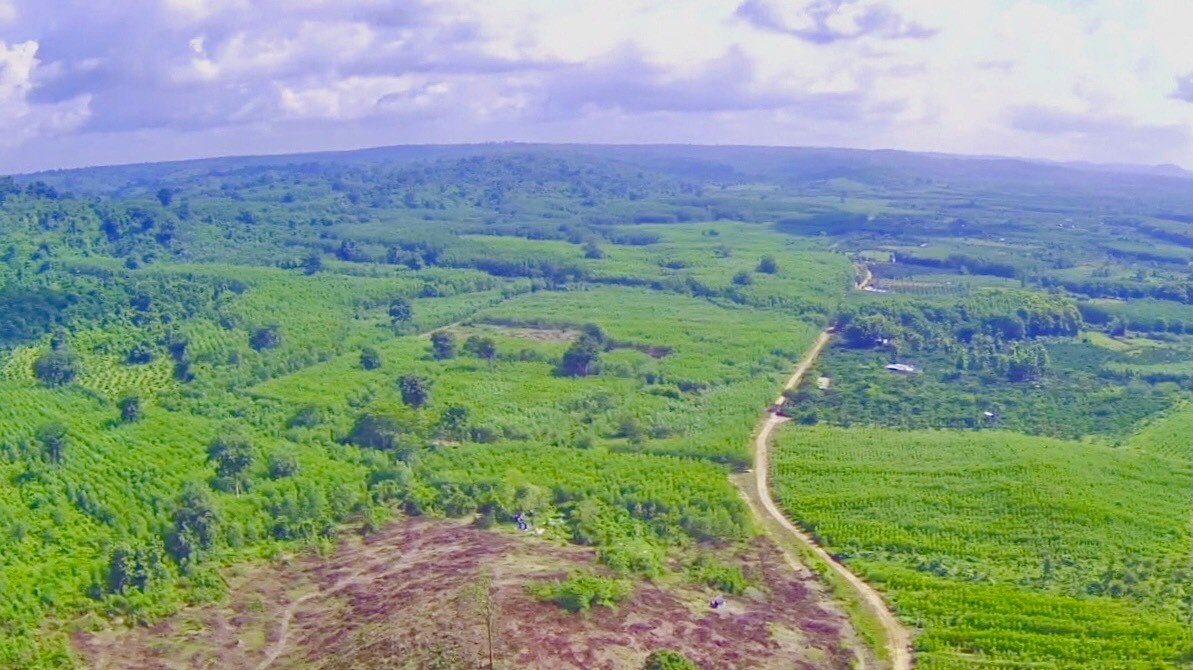 |
| The revised Land Law creates the basis for sustainable forestry development. |
Mr. Tran Quang Bao - Director of the Department of Forestry ( Ministry of Agriculture and Rural Development ) said that in the coming time, the forestry sector will continue to amend legal regulations to synchronize with the new regulations of the Land Law 2024, especially Article 248 on amending a number of articles of the Forestry Law, including decentralization, delegation of authority, and authority to convert forest use purposes to the People's Committees at the provincial level.
Sharing about this issue, Mr. Nguyen Van Tien - Vice President of the Vietnam Association of Agricultural Economics and Rural Development said that it is necessary to soon complete the criteria for urgent projects and the decentralization mechanism for local authorities at all levels, amend and supplement Clause 1, Article 15 "The plan for forest allocation, forest lease, and conversion of forest use purposes to other purposes of the People's Committee at the district level approved by the People's Committee at the provincial level or the annual land use plan at the district level approved by the competent authority". At the same time, it is necessary to strongly decentralize power to the provincial level according to Article 20 of the Law, the authority to decide on the policy of converting forest use purposes to other purposes.
According to Mr. Nguyen Van Tien, the Provincial People's Council decides on the policy of changing the purpose of forest use to other purposes, except for the case of implementing projects under the authority of the National Assembly, the Prime Minister, and the Provincial People's Council to approve and decide on investment policies according to the provisions of the Investment Law, the Public Investment Law, the Law on Investment under the Public-Private Partnership method, and the Petroleum Law.
Currently, there is a certain difference in monitoring land statistics between the environmental resources sector and the forestry sector. To do this, the forestry sector is consulting with the government to issue a national forestry plan.
According to Mr. Tran Quang Bao, the forestry industry will build a forestry information database system, applying digital transformation to aim for an entire database with more than 1 million forest owners managed down to each lot, each plot, and updated to monitor developments annually.
One of the new points of the Land Law is to expand the subjects receiving the right to use forestry land, forest land, and leased land, the limit has also increased 15 times. These two things will impact Vietnam's forestry strategy in the coming period.
Sharing about this issue, Mr. Tran Quang Bao said that currently, land and forest allocation, and subjects receiving land and forest in the forestry law have also been synchronized in the 2024 Land Law. The forestry sector continues to advise the Government to issue decrees to amend and synchronize these subjects of land and forest allocation and simplify administrative procedures, helping people feel secure in producing on the allocated land.
"This issue of identification is clear, however, to ensure implementation in practice, a process is needed. Specifically, for the Forestry sector, the Government assigned in 2024 and in the coming period to conduct a general forest inventory, determine the current status of forest quality, specific forest plots and associate with forest owners," Mr. Tran Quang Bao shared.
On that basis, the review of overlapping and unowned forest boundaries will be coordinated with the environmental resources sector to conduct land and forest allocation, so that people can legally own their own land and conduct legal business on the land they are allocated.
Regarding the current 14.7 million hectares of forest, of which about 3 million hectares do not have a real owner and are being temporarily assigned to the commune level for management, according to Mr. Tran Quang Bao, on the basis of the promulgated land law, the Forestry Department will continue to review specifically, this forest area will continue to be assigned, especially to people who can receive land, receive forest, and stabilize their livelihoods in remote areas.
These policies have been clearly identified. Currently, all levels from central to local levels will issue policies, guidelines, and develop programs to implement land allocation, forest allocation, and boundary marking so that step by step, the forests will have owners.
Mr. Nguyen Ba Ngai - Vice President and General Secretary of the Vietnam Forest Owners Association recommended that in order for the forestry sector to develop sustainably, in the coming time, competent authorities should continue to study and supplement sub-law documents guiding the implementation of the 2024 Land Law, including unifying regulations on forestry land codes and specific regulations on land used for the purpose of forest protection and development.
Source link


![[Photo] Cutting hills to make way for people to travel on route 14E that suffered landslides](https://vphoto.vietnam.vn/thumb/1200x675/vietnam/resource/IMAGE/2025/11/08/1762599969318_ndo_br_thiet-ke-chua-co-ten-2025-11-08t154639923-png.webp)





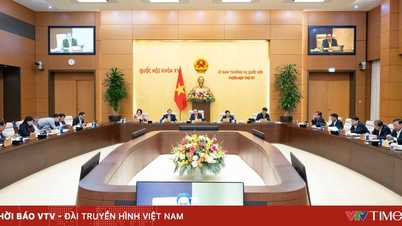

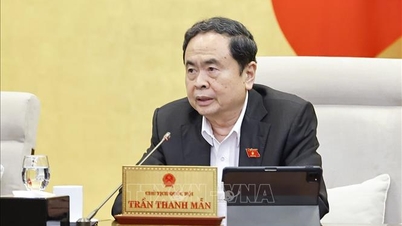

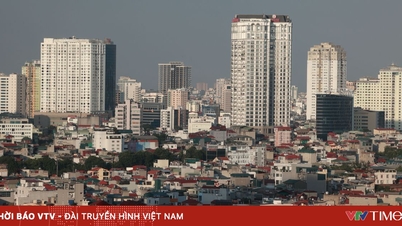

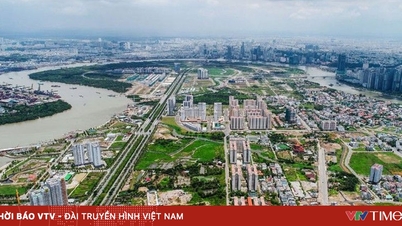
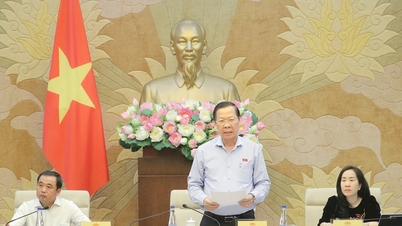






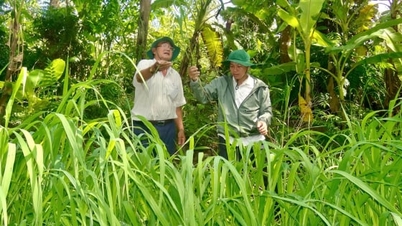











![[Photo] "Ship graveyard" on Xuan Dai Bay](https://vphoto.vietnam.vn/thumb/1200x675/vietnam/resource/IMAGE/2025/11/08/1762577162805_ndo_br_tb5-jpg.webp)


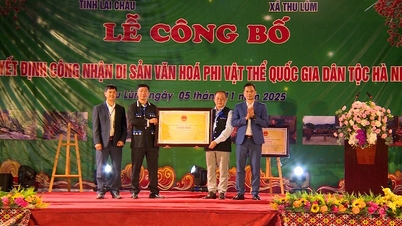


![[Video] Hue Monuments reopen to welcome visitors](https://vphoto.vietnam.vn/thumb/402x226/vietnam/resource/IMAGE/2025/11/05/1762301089171_dung01-05-43-09still013-jpg.webp)


































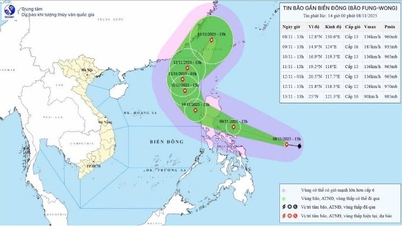







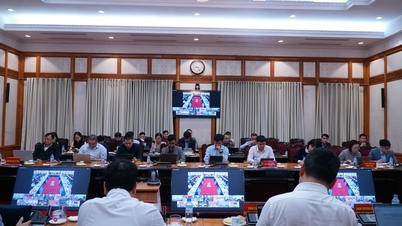

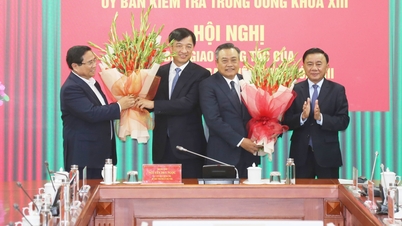

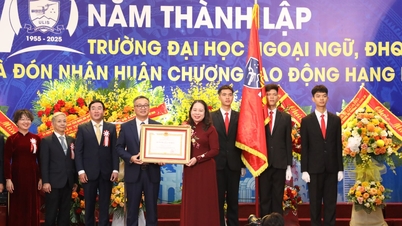

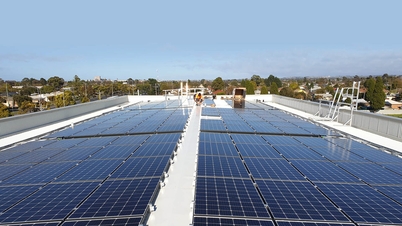

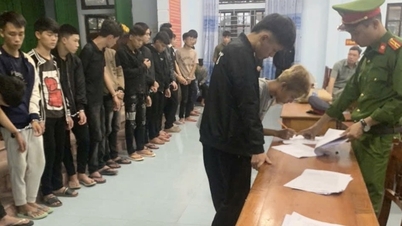
















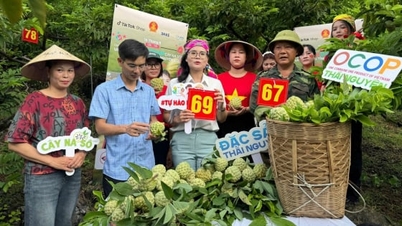

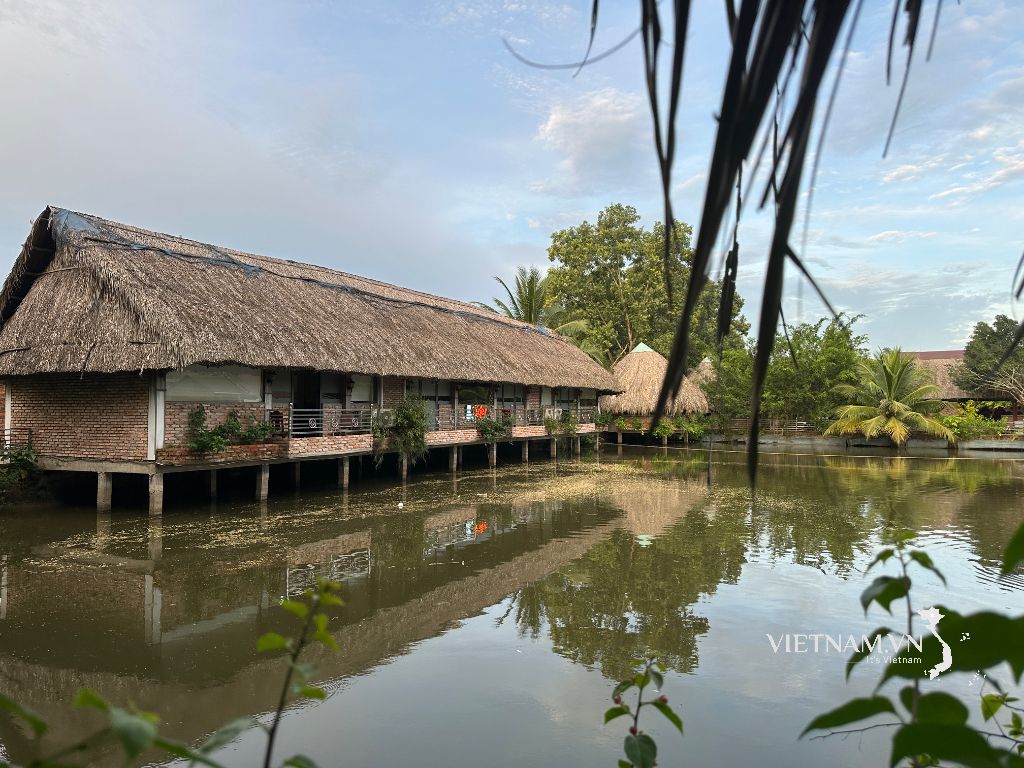



Comment (0)